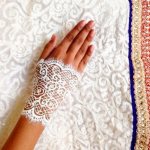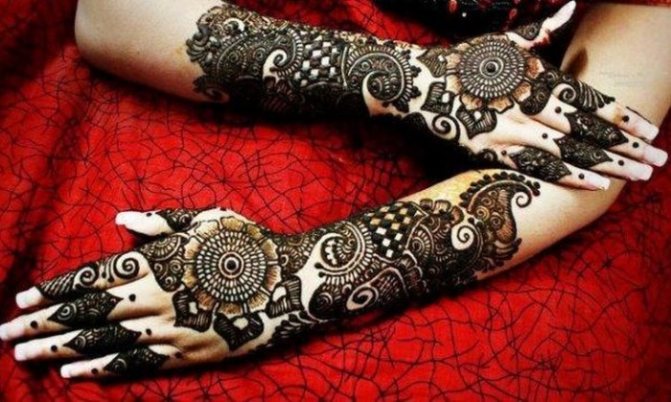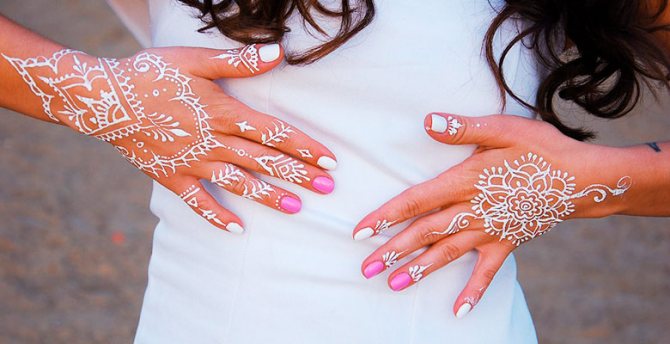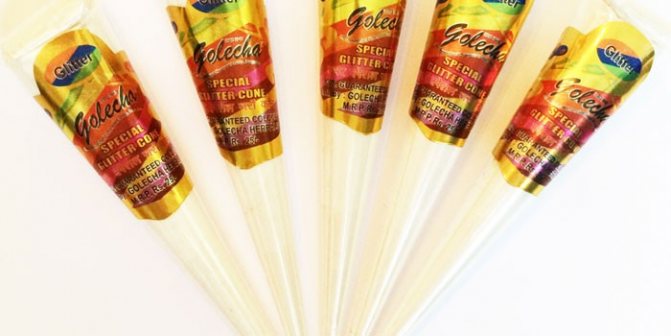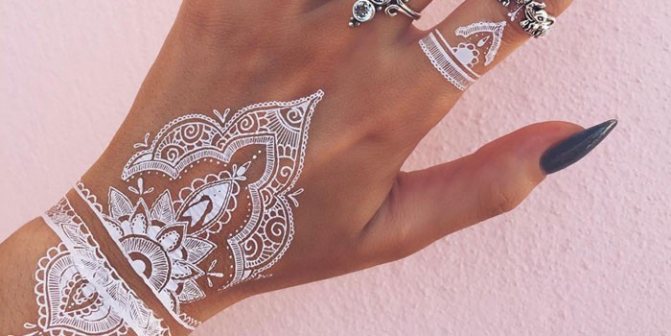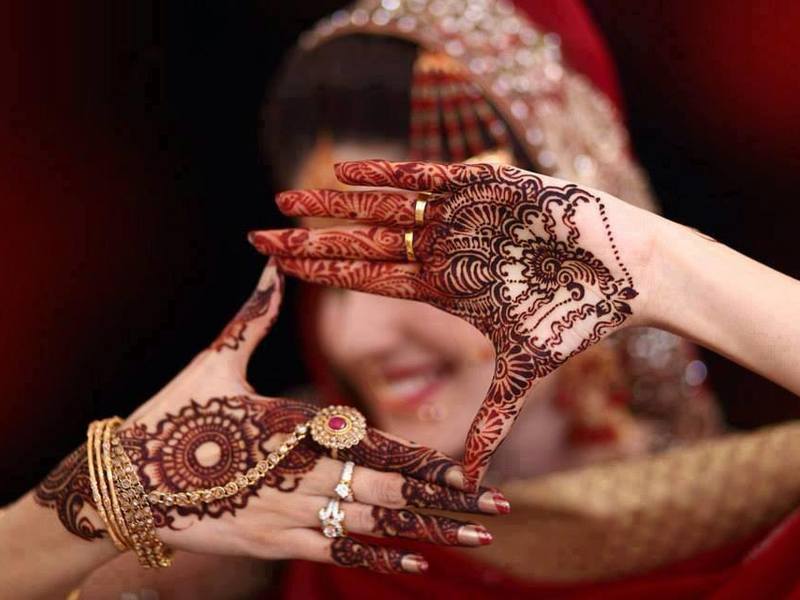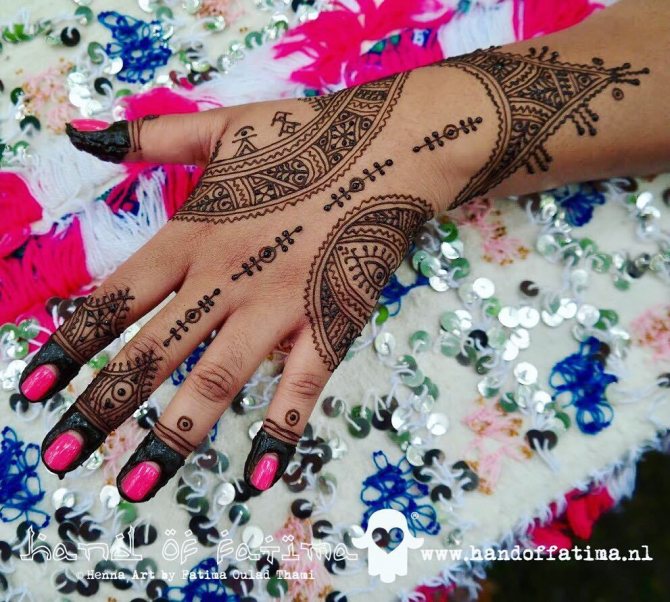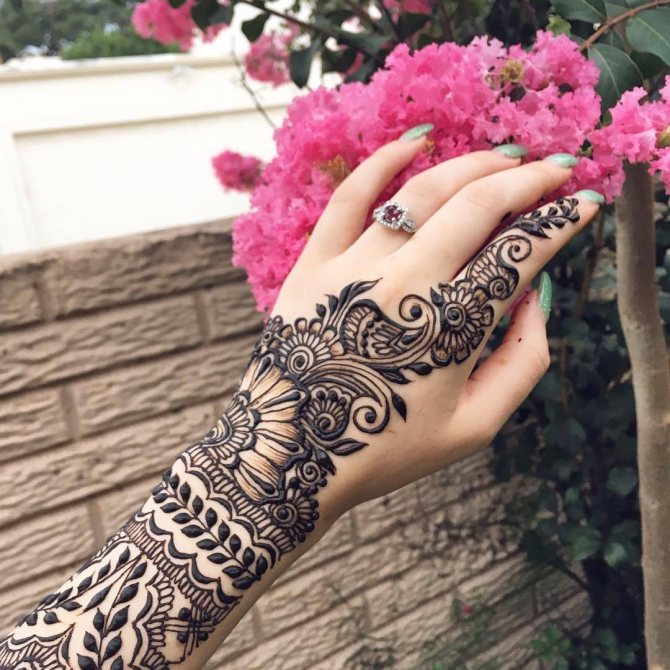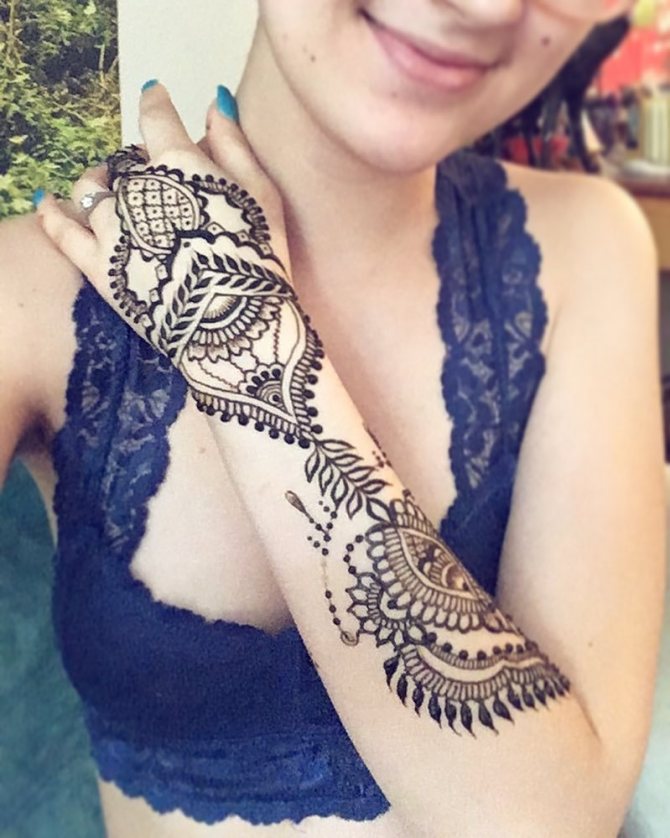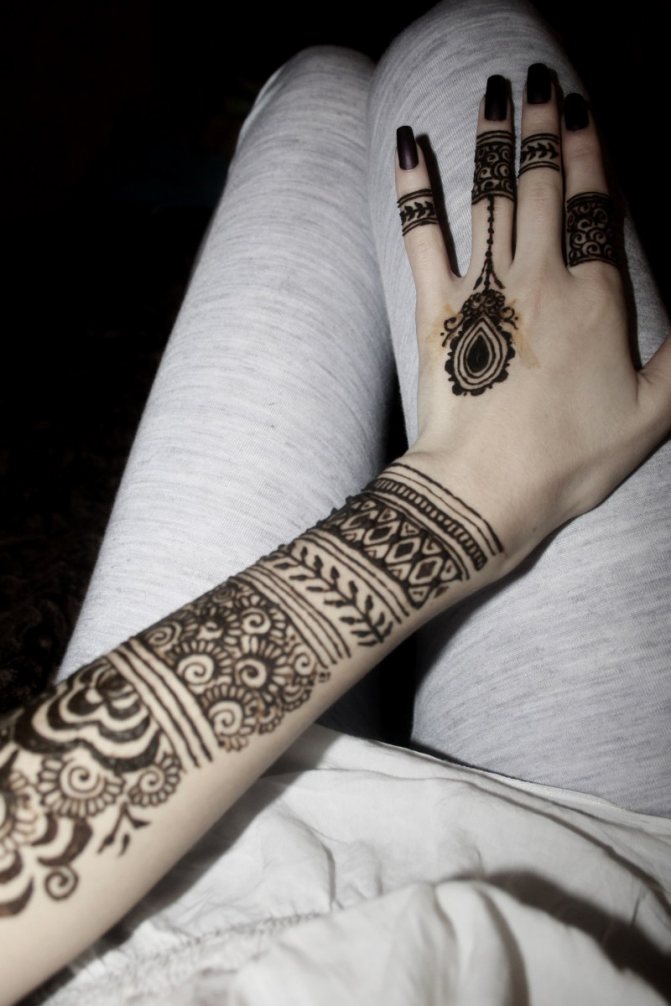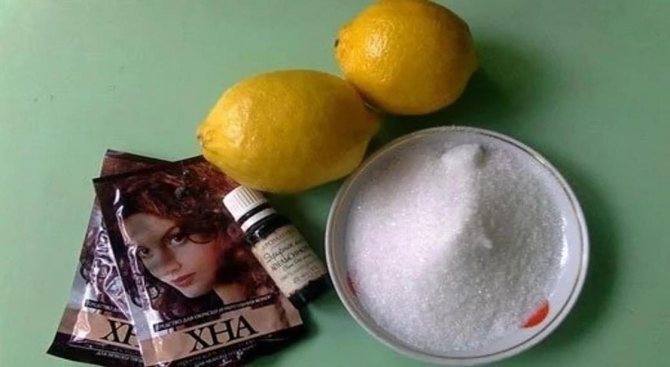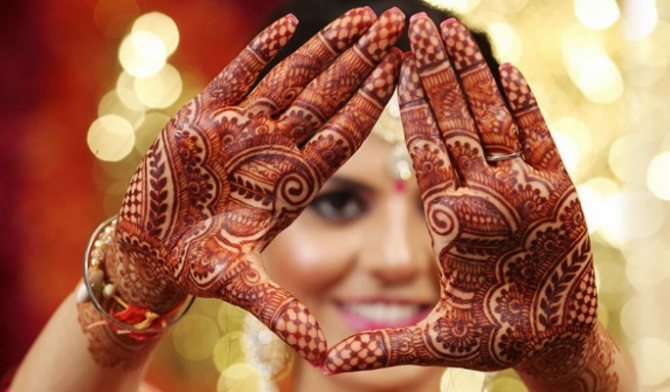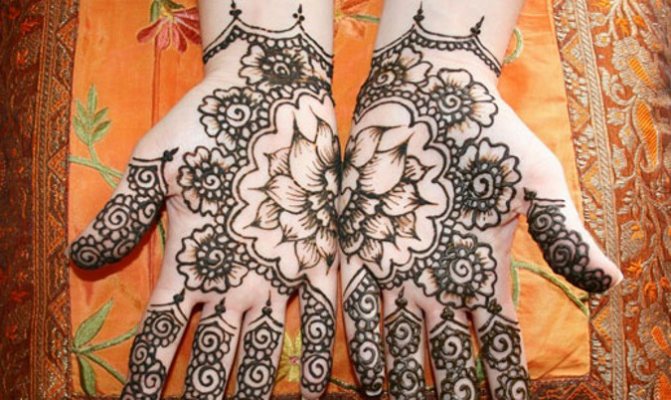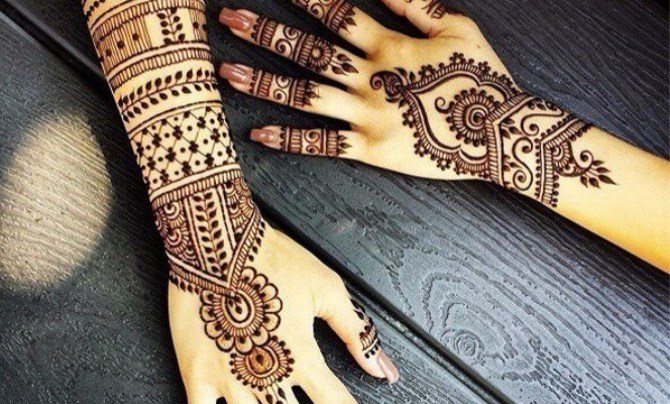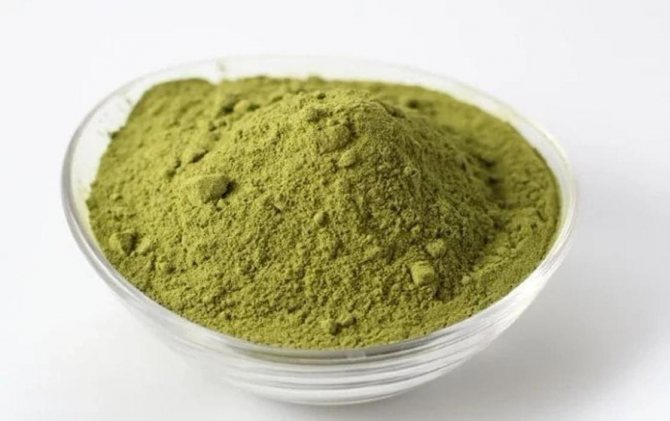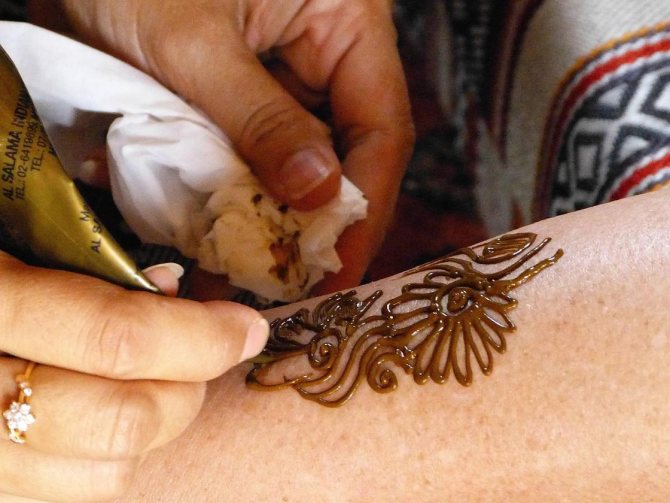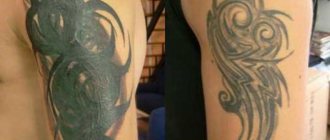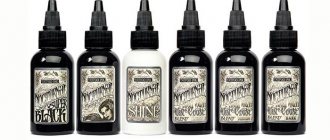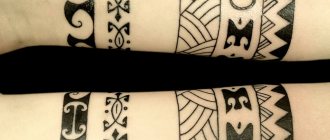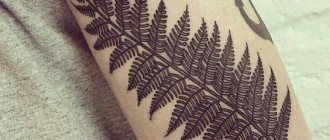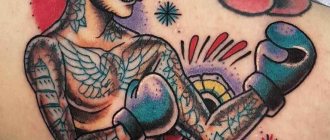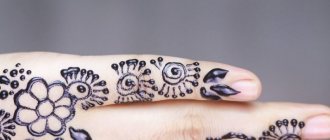To touch the secrets of the East, to feel the charm of the ancient culture will help painting on the body henna, called mehendi or mendi. A special trend of the last year is the creation of a tattoo using white henna.
The popularity of white henna tattooing is increasing, and it becomes another trend of body art, body decoration art, fashionable youth accessory.
It is customary to apply drawings to those parts of the body that are not hidden under clothing: arms, legs, neck, face. But, and painting on the back, shoulders, in the decollete area looks great with delicate lace white mehendi.
White henna for mehendi: how to use?
The process of drawing includes 3 steps:
- Skin preparation.
- Drawing.
- Drying.

Any henna is absorbed into the epidermis, that is, the top layer of the skin and when it is renewed, it is completely erased. Therefore, before starting the procedure, it is necessary to well clean the area selected for the application of the pattern. This can be done with a sponge, special means, such as scrub or ordinary soap. The less keratinized cells, the better white henna for mehendi holds.
No oils or creams should be applied after scrubbing, as they will clog the pores, thereby making the pattern paler. Remember: do not use oils, even if they say Mehandi Oil.
Equally important is the temperature of the skin, as the product actively gives off its pigment in heat. If in the process of drawing the skin starts to get cold, you can warm up with hot tea.
Depending on the complexity of the elements, the procedure takes from 15 minutes to 2 hours.
The white henna is applied in a thin layer and is not removed from the surface of the skin after the drawing is done.
The most common question: how long does the white henna for mehendi dry? If the product is good quality, it takes 20 to 30 minutes to dry. The drawing remains clear, does not smudge and, most importantly, does not spread on the skin, so the use of white henna is most often resorted to by brides.
When instead of a drawing you see... blisters
Before you paint your body, it is worth making sure that these manipulations are safe for the skin and the body as a whole. We asked Natalia if her clients are allergic to henna.
- If an individual intolerance, an allergic reaction is possible even to chamomile, which is considered the queen of hypoallergenic plants. Henna is the crushed leaves of the shrub Lacsonia nekosucha, which itself is used as an antiseptic. An allergic reaction can also occur to the essential oils that are included (lavender, tea tree).
I order the powder from India and mix the paste with essential oils myself. But some masters of mehendi use low-quality factory henna, which contains not only what kind of chemicals. In Russia, henna is not subject to mandatory certification, so such a product is sold freely and willingly purchased.
To find out how low-quality paint can affect the skin, we asked for a comment to the Krasnodar cosmetologist and dermatologist highest category with experience of over 18 years, Nadezhda Lisitsina.
- If henna is really natural and made according to the rules, allergies to its components are extremely rare. But many people, including the mehendi masters themselves, confuse the concept of "henna" and "paint". Remember forever: henna in nature has only one color - brown (and its shades from reddish to reddish). There is no such thing as black, burgundy, green, blue, blue, white, or any other color henna! They are all paints with chemical additives. If your mehendi has had a negative reaction, it's not an allergy to henna, it's a burn with the aggressive substances in the paint.
Dermatologist explains that when using "substitute" henna as early as 2 days after the drawing on the skin can form suppuration, redness, swelling, blisters and small wounds. Depending on how allergic a person is, a reaction ranging from mild redness and itching to frightening blisters and crusts can develop.
- Every year after the summer season I encounter such allergic contact dermatitis for temporary tattoos,
- says Nadezhda Lisitsyna.
- Especially dangerous are multicolored temporary tattoos, which craftsmen on the coast offer to make all comers, including children. If this allergic reaction is not treated, there is a high probability of scarring the inflamed area. It is not worth risking your health for the sake of beauty and fashion. But if you still dare to mehendi, choose the master wisely and find out what kind of henna he uses.
Mehendi on the leg
Drawings on the legs are popular not only in the Arab countries or India, but also in Russia. Painting this area of the body is engaged in the masters of beauty salons, where various layouts are taken as the basis. They exist in order to allow the master to draw the pattern, i.e. the use of a stencil for painting the legs is not practiced. The result is a unique pattern, created by the hand of a professional.
Oriental women sacredly believe that white henna for mehendi (as well as red), used for painting feet, increases the interest of the beloved man and arouses love. As for the pattern, it can be either lace or with elements of plants - it all depends on tradition. But according to Shariah, Muslim women are forbidden to depict animals, surahs from the Koran and people on their bodies.
If your goal is to strive for traditional Indian motifs, then choose intricate patterns, numerous fine lines, religious symbols. And for the image of lace, it is best to use white henna for mehendi, which will advantageously emphasize all the tenderness of the painting.
As mentioned earlier, the drawing on the leg is intended to enhance the interest of the husband, so unmarried girls are not recommended to paint this area. Although domestic beauties are not affected by this. They do not hide the beautiful patterns like Indian girls, but on the contrary, try to make sure that as many people as possible see the painting before it completely disappears.
How to make at home
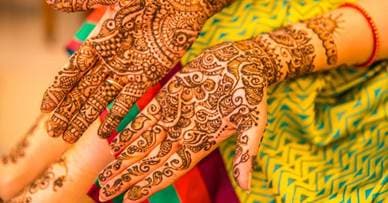

Prepare the workplace:
- Cover the surface with waterproof material;
- Stock up on cotton swabs to remove excess pigment.
- Do not put too much pressure on the cone.
- Hold the cone above the skin.
For thin lines, the paste is applied in a small layer, to intensify the color - add new layers.
After completing the drawing it should be left for an hour.
Mehendi on the hand
This is the most common method today. This is not surprising, because brush painting looks chic, elegant and is always on view.
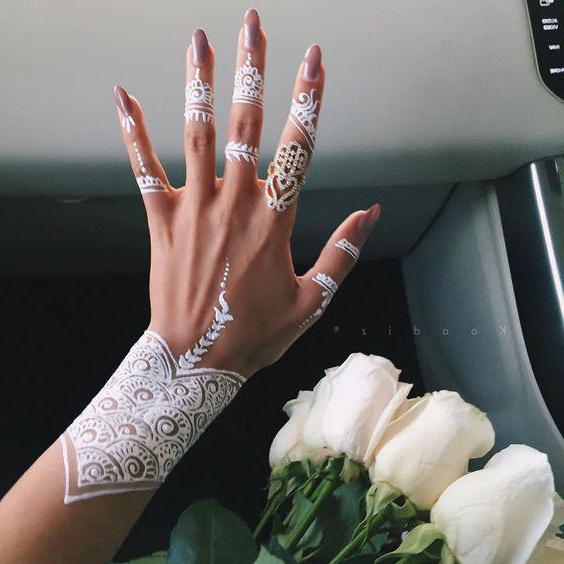

Mehendi on the hands is best done by a professional: that way you'll be sure to get a neat drawing. But if you want to learn oriental art by yourself, you can also do the procedure at home and the best assistant in this case will be white henna for mehendi. Unlike the red one, it is less resistant, so if at the end of the process you are not satisfied with the final result, you can always wash your masterpiece with soap and warm water.
Popular Brands
Golecha
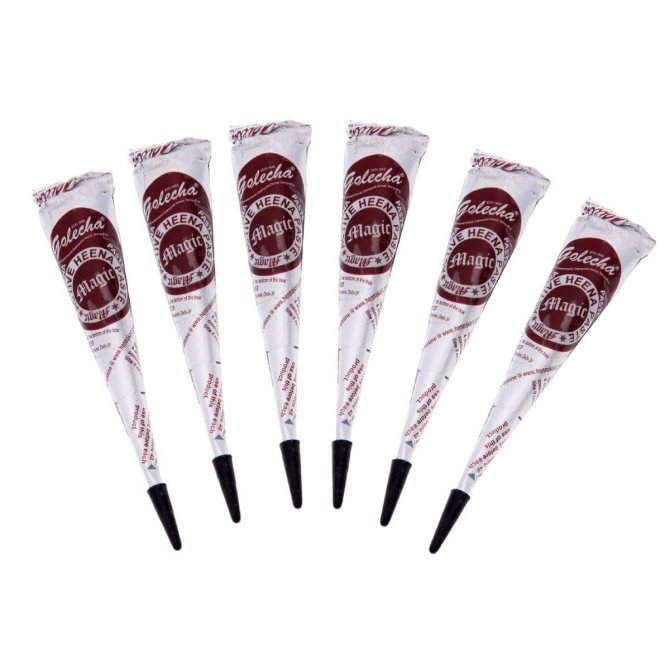

It is made on the basis of henna, the form of release - cones of 25 g. Sold in sets of 2. Easy to apply - easy to rinse off. A good choice for when you need to quickly get a bright pattern.
Pranastudio
A popular brand of white henna. Available in 25g tubes.
Glittertattoo .
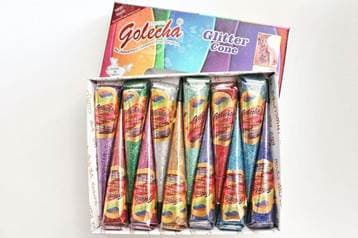

Paint with glitter. Suitable for the holidays.
Neha natural henna.
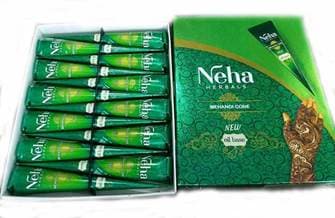

An Indian company that produces a natural dye. The most resistant of the brands presented. Clearly the pattern appears after one day.
Neha henna black.
Gives a deep black color. Comes in tubes of 25 grams. The pigment is in the form of basma.
Kaveri
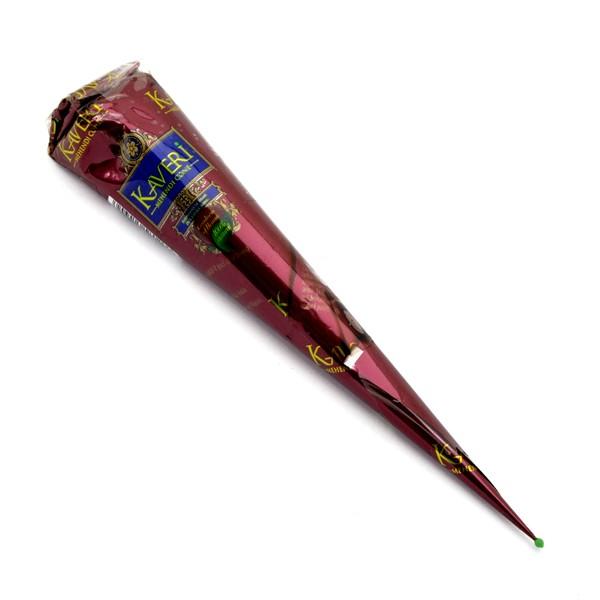

Used by most salons. Comes in cones. Reasonable price and high quality level.
Wedding mehendi
This is a new but quite popular trend. Why do brides choose white mehendi? The shade goes well with the dress, especially if it is lace and with a veil. Extraordinarily beautiful, mysterious, feminine and elegant looks white mehendi on the hand of the bride, that is, it is an extension of the wedding dress.
A classic mendi for the bride should contain certain patterns, symbols and motifs that will support and protect her on that day. So be sure to ask the master about the meaning of the applied pattern.
There are four traditional styles:
- Arabic - small flowers and chaotic patterns.
- Moroccan - geometric figures.
- Indian - a lot of details that completely cover the hands and feet.
- Asian - similar to Indian, only in this style only the fingertips are painted.
Women's opinion
Why are girls interested in red and white henna for mehendi? Reviews of women who have done painting, say that the development of the art of mendi in Russia has become a good help for those who are thinking about tattooing. Another plus of the product can be called hypoallergenic. As for the white henna, it has gained popularity due to its tenderness. And indeed, the girl in the photo looks very sophisticated.
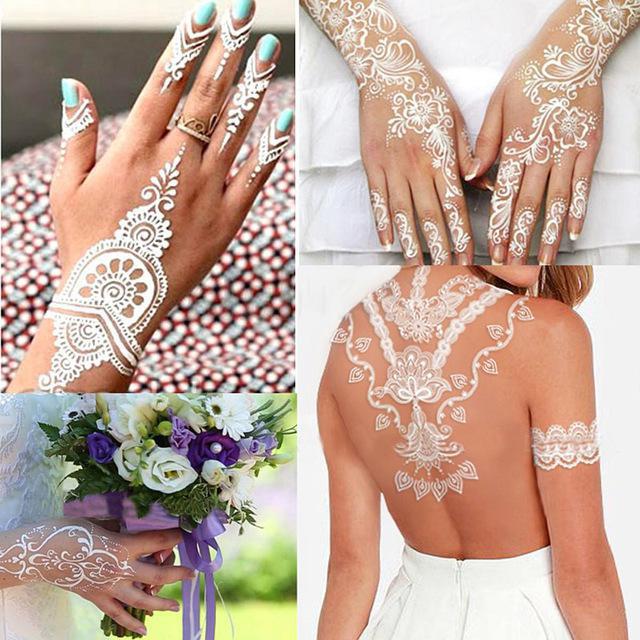

The only disadvantage is its short-livedness. If the red henna can hold up to two weeks, the white henna will decorate the body for a maximum of three days. What is the reason?
Forms of release
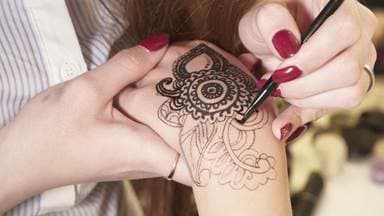

Henna for tattoos comes in shapes:
- cone;
- tube;
- powder;
- pencil.
Hena in tubes.
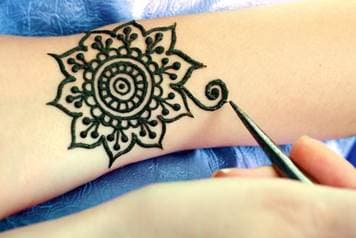

Ready to use. In addition to pigments contains several herbs, essential oils. Sophisticated packaging.
Material in powders.
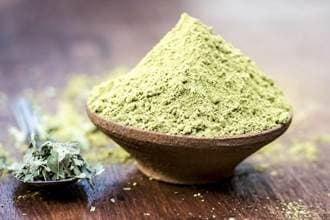

The purest. Requires a number of manipulations before use. It must be sifted, mixed with other components.
Why is it not stable?
To begin with, there is no such product in nature as white henna. What is sold under that name is the usual hypoallergenic acrylic paint. It contains a glue that provides resistance. That is why drawings do not smudge and do not rub off from the surface of the skin. To fix the pattern, experts sometimes sprinkle it with hairspray. In this case, even a sudden rain will not be able to wash it off the surface of your body.
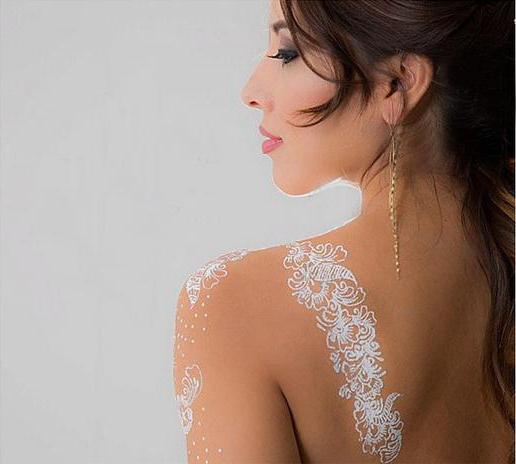

By the way, in recent times, brides have begun to decorate with white henna not only the hands, but also the back, shoulders, decollete area, legs - that is, all exposed parts of the body.
Application and care
The white henna tattooing procedure is pleasant, absolutely painless and safe. Only fifteen minutes is enough for its complete drying. Temporary tattoo is short-lived, so it is better to do it yourself.
If you do not have artistic talent, no problem. You can buy in specialized stores stencils for tattoos with your favorite pattern and the white henna itself.
On the one hand the decoration does not last long, on the other hand, you can easily reapply, and often change the pattern to a new one and cheer yourself up.
How to apply:
1. Prepare in advance the composition with henna according to the instructions in the package.
2. On clean, dry and degreased skin with tonic, alcohol or vodka, place the stencil and quickly fill the stencil gaps with the composition.
Hold the stencil securely while rubbing the henna at the same time. Do it quickly, as the composition dries very quickly.
4. 4. Wait until the mixture is completely dry.
5. To fix the tattoo, make a mixture of three parts lemon juice and one part sugar. Apply with light strokes without blurring.
6. After the tattoo is done, spray lightly with hairspray.
7. Do not get the tattooed area wet overnight.
